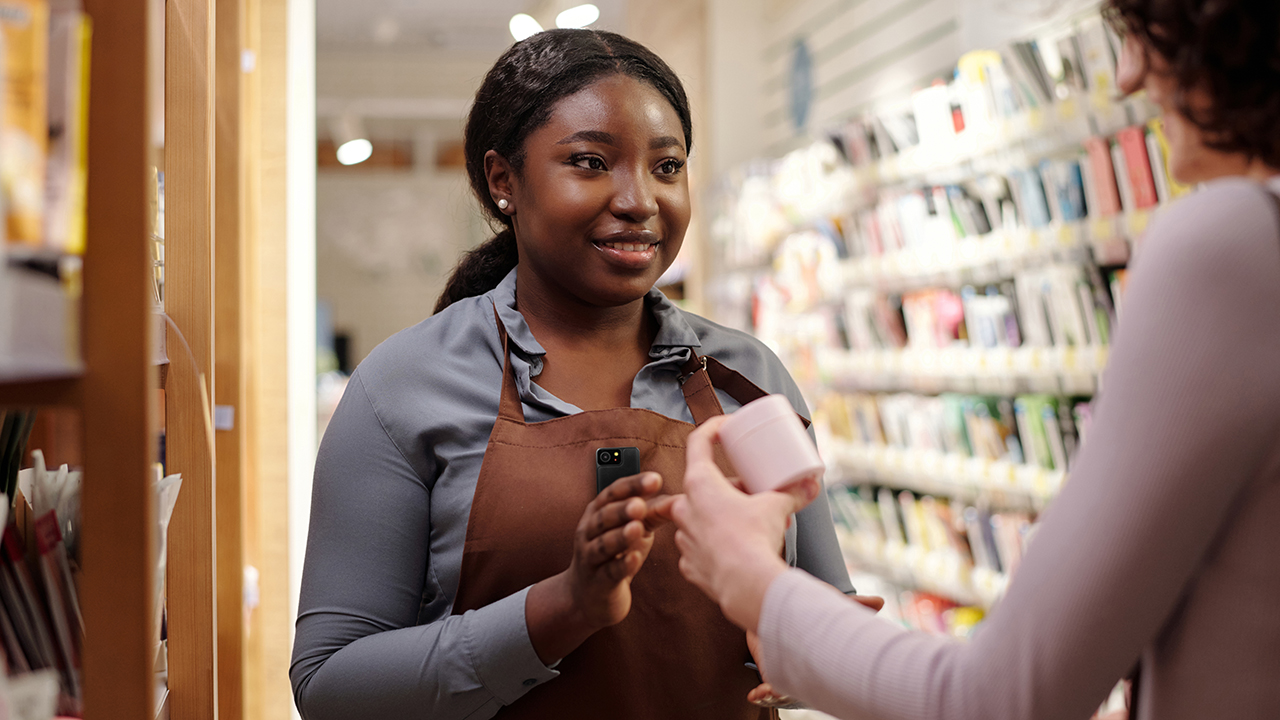Customer incivility is rising. Shoppers are snapping at checkout clerks. Public transport riders are on edge as transit crime spikes. Videos of viral outbursts on airplanes are regularly making their way onto social media.
The National Retail Federation’s study—The Impact of Retail Theft & Violence 2024— conducted in partnership with the Loss Prevention Research Council, found shoplifting incidents have jumped 93 percent since pre-COVID-19. Further, about three-quarters (73 percent) of those surveyed noted shoplifters are exhibiting more violence and aggression than they were just a year ago.
The team at HALOS partnered with global research firm, YouGov, on a new study that sought to understand if and how Americans believe body-worn cameras can play a role in reducing those percentages and helping businesses get a handle on theft, violence, and other uncivil customer behavior.
While there’s been a good amount of observation into the benefits of bodycams for businesses and employees, there’s been little that examines the general public’s sentiment. Do they feel they’re warranted in public settings, and if so, which ones? Are they noticing them more frequently? Do they believe they help curb unfavorable behavior, and do they make people feel safer?
Spoiler alert: Society wants more eyes on the scene to protect the frontline workers across a range of industries who bear the brunt of bad behavior.
No Longer Just for Policing
Americans are increasingly comfortable with, and even supportive of, body-worn cameras being used beyond traditional law enforcement. The poll of over 2,500 US adults found over 70 percent are comfortable with, or indifferent about, the growing prevalence of body-worn cameras in public spaces like stores, in venues and on mass transit.
For loss prevention and retail professionals, these findings are particularly relevant. Most Americans (62 percent) agreed that the use of body-worn cameras by frontline staff helps to deter disorderly behavior. Making people think twice before acting can be a real benefit for retailers facing escalating incidents of aggression and theft. In fact, four in ten respondents said they’d second guess their behavior if they knew employees in a given setting were wearing body-worn cameras. This direct impact on behavior underscores the proactive potential of bodycams in preventing incidents before they escalate, a key objective for any loss prevention strategy.
Sector-Specific Safety
Beyond retail, the research identified other sectors where bodycams are seen as beneficial for enhancing safety and accountability. While law enforcement ranked first, private security was cited as the second most important setting where respondents believe bodycams can enhance safety and accountability for employees. This is particularly pertinent for retail environments that often employ private security personnel.
Emergency response crews and transport workers, including delivery drivers, also ranked high in perceived benefits for bodycam use. Though perhaps outside of traditional loss prevention, these findings reflect a broader societal acceptance of bodycams for ensuring safety, accountability, and incident resolution across various public-facing roles.
It’s Not About Surveillance
Another key finding we gathered is around why people think businesses are turning to body-worn cameras. When asked why businesses might equip staff with body-worn cameras, Americans didn’t cite control or oversight—they pointed to protection, prevention, and proof.
The top three reasons respondents cited as to why businesses are deploying bodycams were:
- To deter theft or criminal behavior
- To gather video evidence in case of disputes
- To protect staff from verbal or physical abuse
A surprisingly low percentage of Americans believe the use of bodycams is about controlling or watching employees. Only 11 percent of respondents cited “monitoring staff performance” as a reason companies are utilizing the devices, and even fewer (7 percent) believe they’re used to increase control or surveillance over employees.
The overarching takeaway of the research is clear: body-worn cameras are no longer just a policing tool—they are becoming the new frontline defense in public safety across a wide range of sectors, and the public is largely in favor.
For loss prevention professionals, embracing this technology is not just about adopting a new tool; it’s about aligning with evolving public expectations for safety and proactively addressing the challenges that are at play today. This research provides a strong foundation for understanding the public’s positive perception about the potential for bodycams to be a transformative element in creating safer environments of all types for employees and customers alike.
